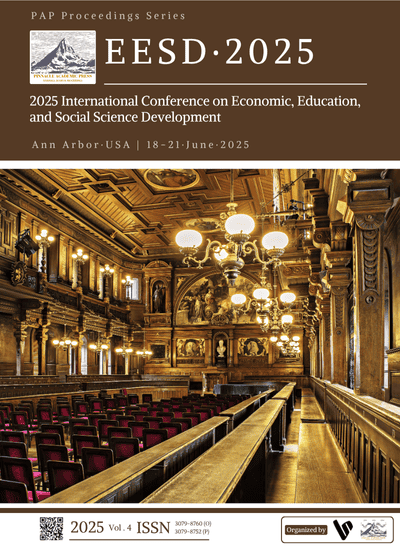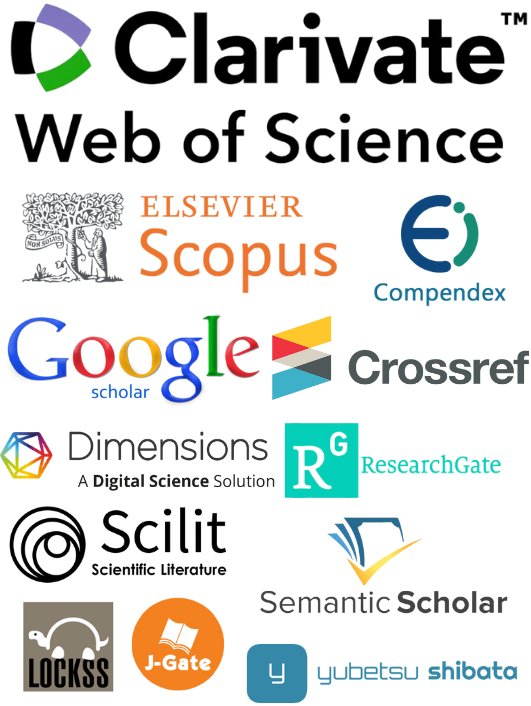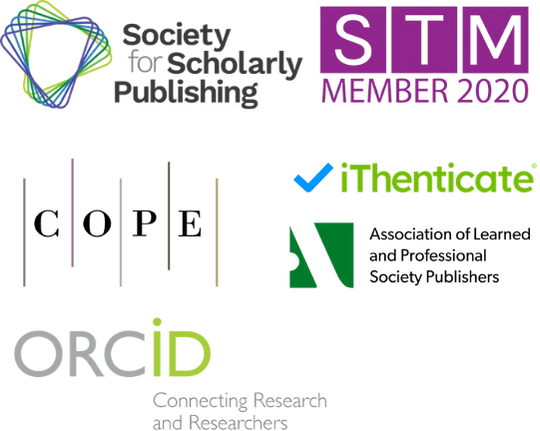From Artifact to Algorithm: The Role of AI in Reimagining Curatorial Practices in Contemporary Art Museums
DOI:
https://doi.org/10.71222/bvxhv554Keywords:
artificial intelligence, algorithmic curation, digital museology, museum studies, generative artAbstract
The rapid digitization of cultural heritage and the growing complexity of audience engagement have compelled contemporary art museums to reconsider traditional curatorial practices. While artificial intelligence has demonstrated transformative potential across various fields, its role in redefining the conceptual and operational frameworks of museum curation remains underexplored. This study examines how AI technologies, ranging from computer vision to generative models, are reshaping curation from an artifact-centered process to an algorithm-mediated practice. The research adopts a case study methodology, analyzing AI implementations across three leading institutions: the Victoria and Albert Museum, the Museum of Modern Art, and the Palace Museum’s digital lab. By synthesizing technical reports, curator interviews, and visitor feedback, the study identifies key patterns in how AI facilitates dynamic collection mapping, visitor-centric exhibition design, and generative curation. These applications reveal both the operational efficiencies gained and the emerging tensions between algorithmic automation and curatorial authority. Findings suggest that AI functions not merely as a tool but as an active collaborator in curation, introducing the concept of "algorithmic curation" as a new paradigm. However, this shift raises critical questions about authorship, bias, and the democratization of cultural interpretation. The study contributes to ongoing debates in digital museology by proposing a framework for ethical AI integration in curatorial workflows, while highlighting the need for institutional guidelines to balance innovation with cultural stewardship.
References
1. L. D. Williams and L. Dube, "Concepts of Digital Economy and Industry 4.0 in Intelligent and information systems," Int. J. Intell. Netw., vol. 2, pp. 122–129, 2021, doi: 10.1016/j.ijin.2021.09.002.
2. M. Shahbaz, et al., "The impact of digital economy on energy transition across the globe: The mediating role of government governance," Renew. Sustain. Energy Rev., vol. 166, p. 112620, 2022, doi: 10.1016/j.rser.2022.112620.
3. Y. E. Rachmad, "CBDC and the Digital Economy: Mitigating Risks and Capitalizing on Opportunities," The United Nations and the Nobel Peace Prize Awards, 2025.
4. L. Wang and J. Shao, "Digital economy, entrepreneurship and energy efficiency," Energy, vol. 269, p. 126801, 2023. doi: 10.1016/j.energy.2023.1268010, doi: 10.1016/j.energy.2023.126801.
5. J. Wang, et al., "How does the digital economy improve high-quality energy development? The case of China," Technol. Forecast. Soc. Change, vol. 184, p. 121960, 2022, doi: 10.1016/j.techfore.2022.121960.
6. X. Luo, “Immersive digital modeling and interactive manufacturing systems in the textile industry,” J. Comput. Signal Syst. Res., vol. 2, no. 5, pp. 31–40, 2025, doi: 10.71222/jyctft16.
7. X. Luo, “Reshaping coordination efficiency in the textile supply chain through intelligent scheduling technologies,” Econ. Manag. Innov., vol. 2, no. 4, pp. 1–9, 2025, doi: 10.71222/ww35bp29.
8. L. Brandt, G. Kambourov, and K. Storesletten, "Barriers to entry and regional economic growth in China," Rev. Econ. Stud., 2025, doi: 10.1093/restud/rdaf029.
9. J. P. Namahoro, et al., "Impact of energy intensity, renewable energy, and economic growth on CO2 emissions: Evidence from Africa across regions and income levels," Renew. Sustain. Energy Rev., vol. 147, p. 111233, 2021, doi: 10.1016/j.rser.2021.111233.
10. M. Heikal, R. N. Ilham, and M. Khaddafi, "Accelerate Economic Growth of Lhokseumawe City with Application of Supply Chain and Main Strategic Commodity Model Based on Sharia During the Covid-19 Pandemic," Qual. Access Success, vol. 23, no. 191, 2022, doi: 10.47750/QAS/23.191.16.
11. F. Shen, et al., "The effect of economic growth target constraints on green technology innovation," J. Environ. Manage., vol. 292, p. 112765, 2021, doi: 10.1016/j.jenvman.2021.112765.
12. R. Mahtta, et al., "Urban land expansion: the role of population and economic growth for 300+ cities," npj Urban Sustain., vol. 2, no. 1, p. 5, 2022, doi: 10.1038/s42949-022-00048-y.
13. X. Chenhong and G. Zhai, "The spatiotemporal evolution pattern of urban resilience in the Yangtze River Delta urban ag-glomeration based on TOPSIS-PSO-ELM," Sustain. Cities Soc., vol. 87, p. 104223, 2022, doi: 10.1016/j.scs.2022.104223.
14. W. Zhang, et al., "Comparing the Yangtze and Mississippi River Deltas in the light of coupled natural-human dynamics: Les-sons learned and implications for management," Geomorphology, vol. 399, p. 108075, 2022, doi: 10.1016/j.geomorph.2021.108075.
15. J.-B. Liu, Y.-Q. Zheng, and C.-C. Lee, "Statistical analysis of the regional air quality index of Yangtze River Delta based on complex network theory," Appl. Energy, vol. 357, p. 122529, 2024, doi: 10.1016/j.apenergy.2023.122529.
16. J. Wang, X. Dong, and K. Dong, "How does ICT agglomeration affect carbon emissions? The case of Yangtze River Delta urban agglomeration in China," Energy Econ., vol. 111, p. 106107, 2022, doi: 10.1016/j.eneco.2022.106107.
17. W. Li, et al., "Carbon emission and economic development trade-offs for optimizing land-use allocation in the Yangtze River Delta, China," Ecol. Indic., vol. 147, p. 109950, 2023, doi: 10.1016/j.ecolind.2023.109950.
Downloads
Published
Issue
Section
License
Copyright (c) 2025 Xintong Li (Author)

This work is licensed under a Creative Commons Attribution 4.0 International License.



